I have this dataset for items at a picnic that contributed to a foodborne illness outbreak. Yes or no in the 'sick' column determines whether the patient got sick after the picnic. Yes or no after a food item (apple, banana, strawberry, yogurt, or sandwich) determines whether or not the patient ate that particular food.
patient sick apple banana strawberry yogurt sandwich
1: patient1 yes no no yes no no
2: patient2 yes yes no no yes no
3: patient3 no yes yes yes yes yes
4: patient4 yes no no yes yes no
5: patient5 no no no no yes no
6: patient6 no no no no no no
7: patient7 yes no no no yes yes
I used the group_by() and summarise() functions to create a summary of who ate the food and got sick, who ate the food and didn't get sick, who didn't eat the food and got sick, and who didn't eat the food and didn't get sick.
sick_apple <- picnic %>%
group_by(sick, apple) %>%
summarise(total=n())
sick_apple
This is the output for that code.
# A tidytable: 4 × 3
# Groups: sick
sick apple total
<chr> <chr> <int>
1 no no 2
2 no yes 1
3 yes no 3
4 yes yes 1
How can I extract the value for "yes" "yes" for each food and make it into a list? In other words, how could I calculate these counts for every food item (apple, banana, strawberry, yogurt, or sandwich) and then extract the values for sick=='yes' and food (apple, banana, strawberry, yogurt or sandwich)=='yes'.
If possible, I'd like to have a table that looks something like this, where column B (frequency that age food and got sick) tallies the number of patients where sick=="yes" and the particular food =="yes".
